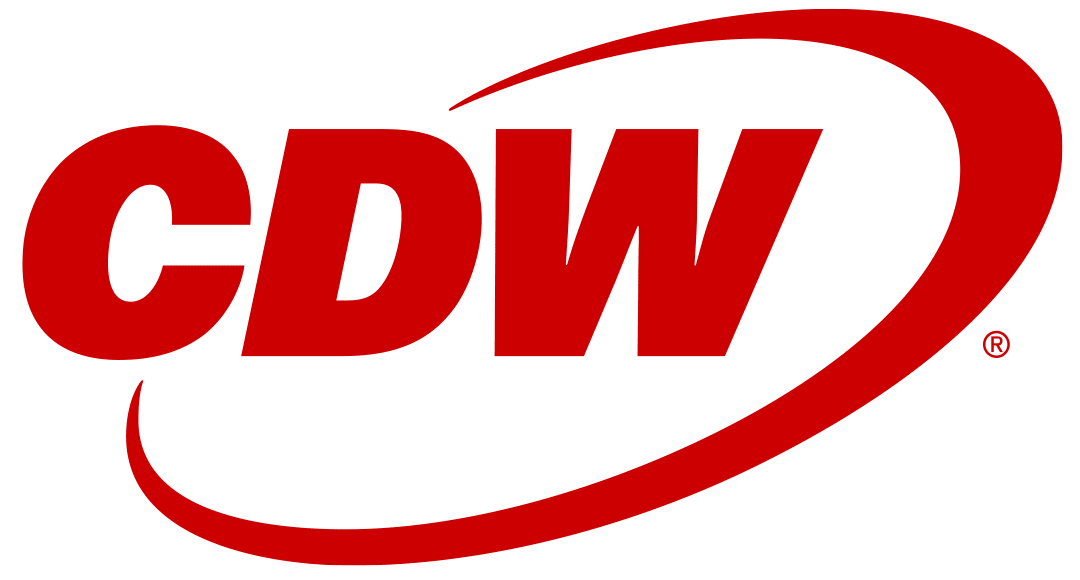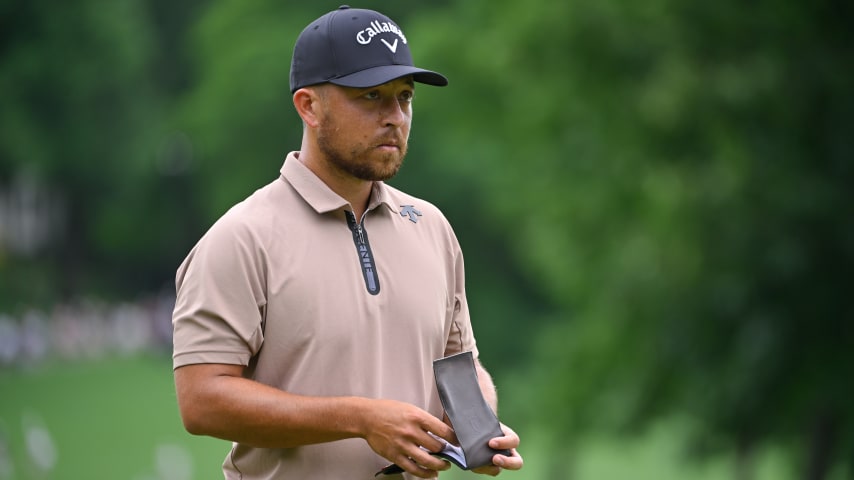Joe Inman remembers lone win at Quail Hollow
9 Min Read

Joe Inman won the 1976 Kemper Open at Charlotte’s Quail Hollow Club. (PGA TOUR Archive)
Written by Joe Inman
Editor’s note: Joe Inman played the PGA TOUR full-time from 1974 to 1986, appearing in 357 tournaments, with the highlight being his victory at the 1976 Kemper Open at Charlotte’s Quail Hollow Club. Once he turned 50, Inman embarked on a successful PGA TOUR Champions career that saw him earn all three of his titles in successive years (1998-2000) at the same tournament—at Los Angeles’ Wilshire Country Club. Following his PGA TOUR Champions career, Inman served as the head men’s golf coach at Georgia State University from 2008 to 2019. Now retired and living in Marietta, Georgia, Inman reflects on his lone TOUR title 48 years ago.
Late in the 1975 PGA TOUR season, I was in the hunt at the Sahara Invitational in Las Vegas, battling Dave Hill and Rik Massengale. Although I began the final round three back, I made two long putts at the Sahara-Nevada Country Club, on the 16th and the 17th holes, and I arrived at the 18th at 13-under. I was in the hunt.
The problem was the walking scorer had me at 14-under and Hill and Massengale at 13-under. I knew my score was wrong, but all I could do was look at that scoreboard. That was my problem. It was something I shouldn’t have worried about. I started thinking about the fans watching me standing on the green, and I imagined they were thinking I had a 4-foot birdie putt to win the tournament. But I knew what my real score was.
Why does that scoreboard have to be wrong? I kept thinking. That’s what was going on in my mind, and those weren’t the kinds of thoughts you should have when you’re trying to win a golf tournament. My thoughts overcame me, and I lost focus. I also knew that either Hill or Massengale would likely birdie the final hole, so I felt like my birdie putt was a must make just to get into a playoff.
When I finally putted, with all that swirling in my mind, I hit the sickest, dead-hand, pull-die putt you could hit, the ball not scaring the hole. As predicted, Hill and Massengale both birdied to finish regulation tied, with Hill winning in a playoff. I finished a shot back from making the playoff. That night, I went back to my hotel room, and I started slamming things, calling myself a "moron," mad and frustrated that I let an external thing like a scoreboard error get to me.
It was then I decided my practice going forward would be me to walk off the practice green before each round after making a 4-foot putt. I basically decided that I would imagine the last putt I took at the end of each practice session was for a win, and making that putt was how I was going to cement that thinking because of the hard lesson I learned in Las Vegas.
A year later, I had a chance to redeem myself with another short putt but not in a made-up scenario in a practice round.
This was the real thing.
At the 1976 Kemper Open, held at Quail Hollow Country Club, the current site of the Wells Fargo Championship and host of the 2022 Presidents Cup, I trailed Grier Jones by a stroke with a round to play. Yet, most of my drama that week happened before the tournament even started and then before we made it to Sunday.
A week earlier, I was on the practice putting green at Whitemarsh Country Club for the IVB-Bicentennial Golf Classic outside Philadelphia. I had missed the cut in two of my last three starts, and my putting wasn’t good. As I was bemoaning my situation to fellow pro Nate Starks, he walked me over to his bag and suggested I try a putter of his. I immediately liked it, and Nate said, “Take it, man, I’m not going to use it anymore.” It was a no-brand-name putter with a gray head. It was somewhat like a Bulls Eye but was not a center-shafted putter. All I knew is it just felt good.
The following week, I put the putter into play at Kemper, in Charlotte, North Carolina, where I was living at the time. With four holes to play in the opening round, the officials blew the horn to end play due to heavy rain. I was 1-over and not doing much. But when we came back out Friday to finish the first round, with my new putter I birdied three of the four holes to complete the round, shooting a 2-under 70.
Nate Starks’ gray putter was staying in my bag.
I went right back out on the course an hour later for my second round and fired a 69, and now I was 5-under and three back going into the weekend. In the third round, I shot a 5-under 67, and I was only a stroke behind Grier with 18 holes to play. As I walked off the 18th green, feeling great about things, I noticed my wife, Nancy, was nowhere to be found. That was unusual because she was almost always there walking the course with me.
That week, my in-laws had driven from Columbia, South Carolina, to Charlotte to watch the tournament, and during the round, my father-in-law, Gene Craig, had started experiencing chest pain. Gene had gone to a tent where paramedics checked him out and then called for an ambulance, rushing him to the hospital. Naturally, my wife accompanied him.
Nancy didn’t say anything during the round so as not to distract me. Then she just disappeared. I didn’t find out what had happened with Gene until after my round and I started asking questions. I talked things over with tournament officials and skipped meeting with the media so I could go straight to the hospital. As I recall, a volunteer drove me there, where I stayed until 2 a.m.
That was not necessarily a bad thing, maybe even the best thing that ever happened to me from a golf standpoint. Gene had had what doctors termed a “minor” heart attack, so that was some good news, and they assured us he was out of the woods.

Joe Inman played on the PGA TOUR full-time from 1974 to 1986. (Ruffin Beckwith/PGA TOUR Archive)
I ended up going to bed much later than usual, probably around three in the morning—which meant I woke up much later Sunday than I normally would. That was also a plus because the last thing I wanted to do was be up all morning with too much time to think about all that lay ahead in my final 18 holes.
What I discovered once I woke up, though, was that regardless of how much sleep I got, I was still nervous.
When I finally arrived at the course, I found out who I would be playing with. In the 1970s, the way the TOUR did things was by grouping 1-3-5 and 2-4-6 together, meaning the leader went off as the last group, with the guy in third and the guy in fifth, while the player in second place played in the group ahead with the those in fourth and sixth, respectively. The idea was to split up the crowd so not all the fans were with the leader. I was in second place at the Kemper with 18 to play, so the tournament put me with Tom Weiskopf and Bob Murphy, in the second-to-last group.
Even with the expected nerves, I played well despite watching Weiskopf hit it 40, 50 yards past me off the tee on every hole. But he would miss his putts, and all I did was keep making 4-, 5- and 6-footers for par, with an occasional birdie sprinkled in. With two holes to play, I was a stroke ahead of Weiskopf, Murph had fallen well back and I knew Grier, playing behind me, was struggling (he shot a final-round 73).
On the par-3 17th, Weiskopf hit a nice tee shot, but my ball was inside of his. Neither of us could make our birdie putts, however, so we headed to No. 18, and I was still one ahead.
The par-4 18th at Quail Hollow is such a tough driving hole. Today, the course has a creek on the left side, but back then it was just some trees up there, and it was always wet and mushy. I needed to avoid that, and I did, piping my drive right down the middle. Tom’s drive went right, in the rough, above a bunker.
I hit my approach to the middle of the green, and Tom being Tom, hit a miracle approach inside of mine, meaning I had to putt first. If I had faced Weiskopf’s approach shot, I couldn’t have gotten my ball to the green if you’d given me 1,000 golf balls. There’s no way—and he ends up closer to the cup than me. That’s Weiskopf’s talent for you.
The birdie putt I had that would have clinched the title didn’t drop, and I faced a 3-footer for par. One thing I knew I wasn’t going to do was perform a repeat of what happened in Las Vegas. I remember thinking as I stood over the putt: Hit it. If it goes in, pick it up. If it doesn’t, hit it again. This ain’t life and death. With that mindset, just like I had done on the practice green, I knocked it right in the middle. Weiskopf missed his subsequent birdie putt, and I was a TOUR winner.
I spoke to the media about my final putt of the tournament. “These people at home think, 'He won’t have any problem with that putt,' but it sure was a tough one,” I said. That’s exactly what I said, and I meant it. It was an especially hard putt because of how things turned out in Vegas and because of everything that was riding on what I hoped would be redemption.

After turning 50, Joe Inman played on PGA TOUR Champions, winning three times. (Jim Moriarty/PGA TOUR Archive)
I look back at 1976, the year I won my only PGA TOUR tournament. I made a little more than $69,000 ($69,892), and $50,000 of it came in one tournament. I would say I played terrible all year except for that one week in Charlotte. In 1977, 1978 and 1979, I played well all three of those years, but I didn’t win. That’s golf for you. Two runners-up and a third-place finish—and 10 top-10s overall—and nobody remembers anything from that three-year span. But that win at Quail Hollow?
People tend to remember that. Me, too.












